The Clepsydra
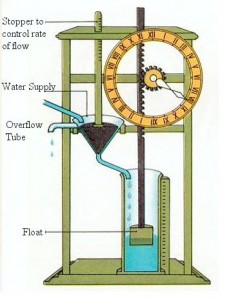
Back in 1400 BCE, the Babylonians developed the Clepsydra, a clock that measured time using the flow of water. It's considered one of the first robotic devices in history. For centuries, inventors refined the design, and sometime around 270 BCE, the Greek inventor Csestibus became famous for a water clock that utilized animated human figures.
DaVinci’s Knight

Via Wikipedia
In 1495 Leonardo DaVinci designed a clockwork knight designed to sit up, wave its arms, and move its head and jaw. It’s not certain whether the robot was ever built, but the design may constitute the first humanoid robot.
The Digesting Duck
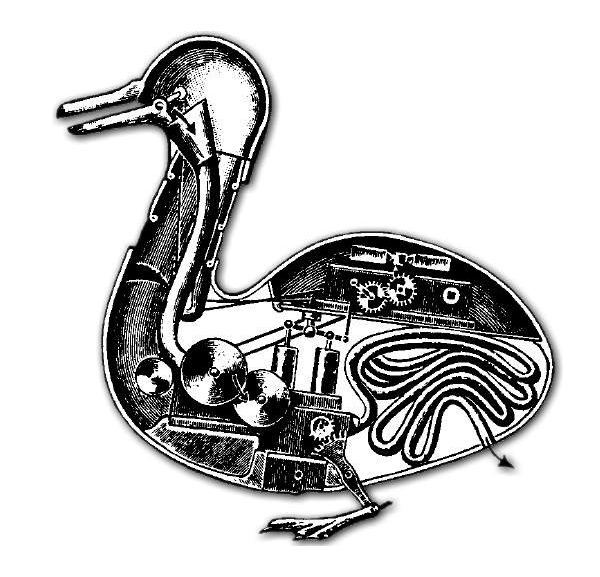
Via snipview.com
French inventor Jacques Vaucanson built a clockwork duck in 1737. It was capable of flapping its wings, quacking, eating, and digesting food.
Radio-controlled boat

Via teslasociety.com
Nikola Tesla demonstrated a new invention called “tele-automation” to spectators at Madison Square Garden in New York in 1898. He presented a radio-controlled boat. The audience believed it was a trick, and remote control technology didn’t become common until decades later.
Computer assisted-manufacturing
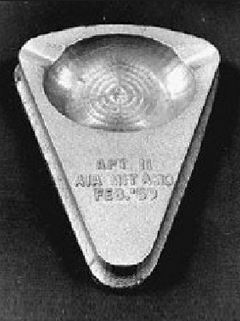
Via slideshare.net
In 1952, the Servomechanisms Laboratory at the Massachusetts Institute of Technology demonstrated computer-assisted manufacturing. A robotic milling machine was used to create a commemorative ashtray for each attendee.
Unimate
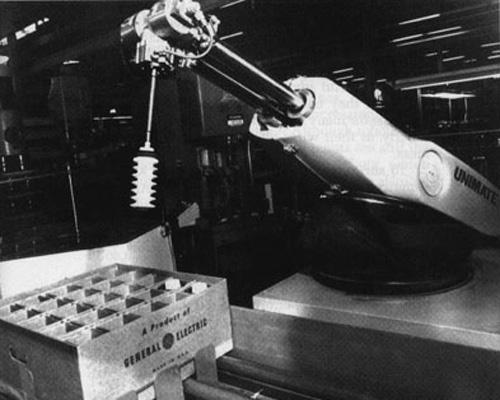
Via used-robots.com
Industrial robotics pioneer George Devol created Unimate, the world’s first programmable robot in 1954. In 1961 it was put to work on a General Motors automotive assembly line.
Shakey
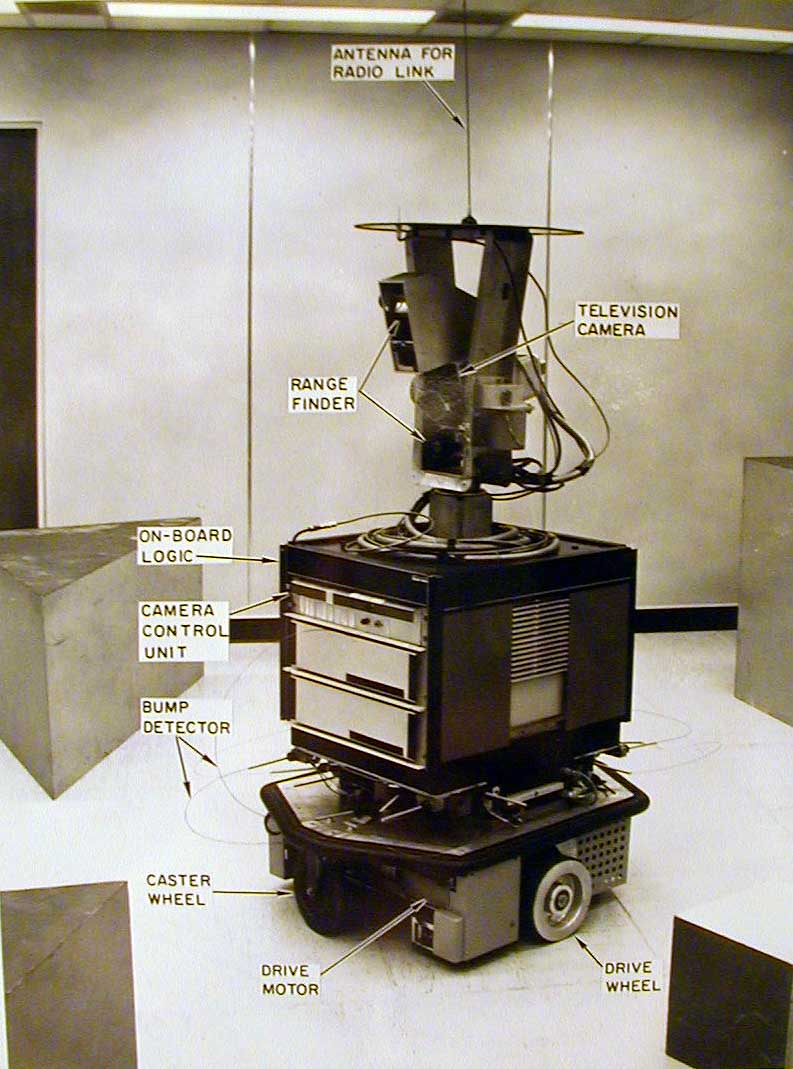
The Artificial Intelligence Center at the Stanford Research Center began development of Shakey, the first mobile robot in 1966. It had a limited ability to see and model its environment, and was controlled by a computer that filled an entire room.
The Stanford Cart
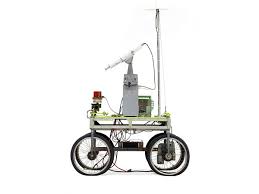
The Stanford Cart was a four-wheeled rover equipped with a TV camera for vision, which it used to navigate around the obstacles in a chair-filled room by analyzing and programming its own course back in 1979.
Dante

Via spacedaily.com
Dante the eight-legged robot attempted to explore Antarctica’s Mt. Erebus volcano in 1993. The landmark effort was remotely controlled from the U.S., and sparked a new era of robotic exploration of hazardous environments.
Sojourner Rover
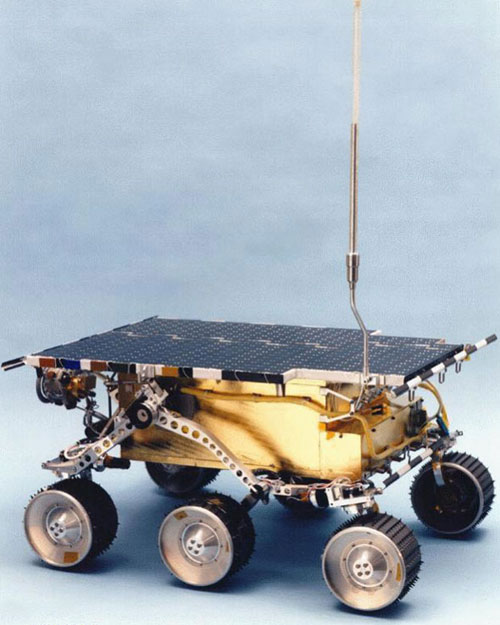
In 1997 the small Sojourner Rover began its scientific mission on Mars. It moved at a maximum speed of 0.02 miles per hour, and explored the immediate area around its landing point. It took 550 photographs over the next three months.
AIBO

Via successimg.com
Aren't these guys cute? Sony’s robot dog AIBO gave gadget-lovers a case of puppy love in 1999. The $2,000 mechanical pooch could navigate around a room and respond to a set of limited commands.
ASIMO
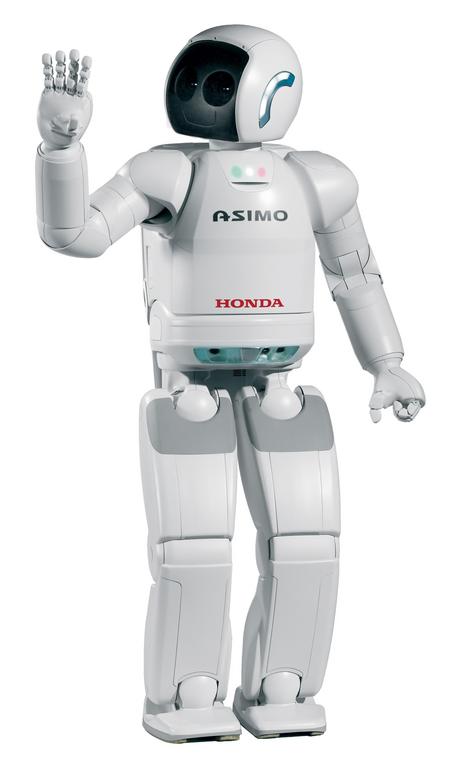
Via world.honda.com
Honda’s humanoid robot ASIMO took its first step in 2000. Standing 1.3 meters tall, it could walk and run like an actual human being.
Roomba
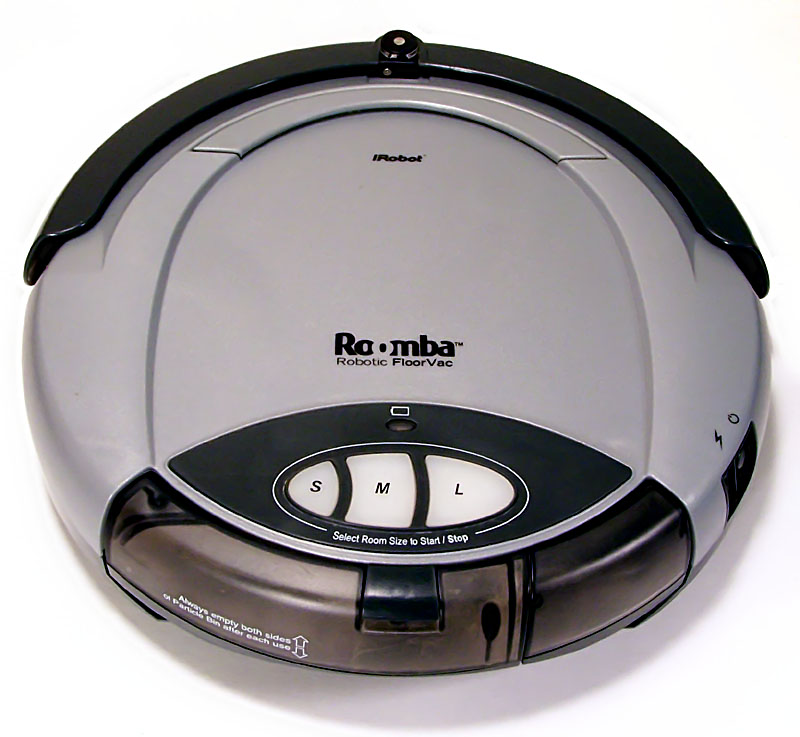
Via Wikipedia
iRobot released the Roomba robotic vacuum in 2002. With over six million units sold, this device is the most commercially successful domestic robot in history.
Spirit
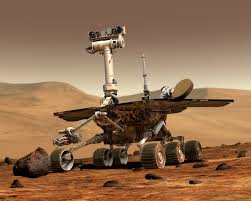
Via Wikipedia
NASA’s Spirit Rover landed on Mars in 2004 and began its exploration of the Red Planet. At the end of its 90-day mission, it traveled an entire 7.7 kilometers.
Robonaut
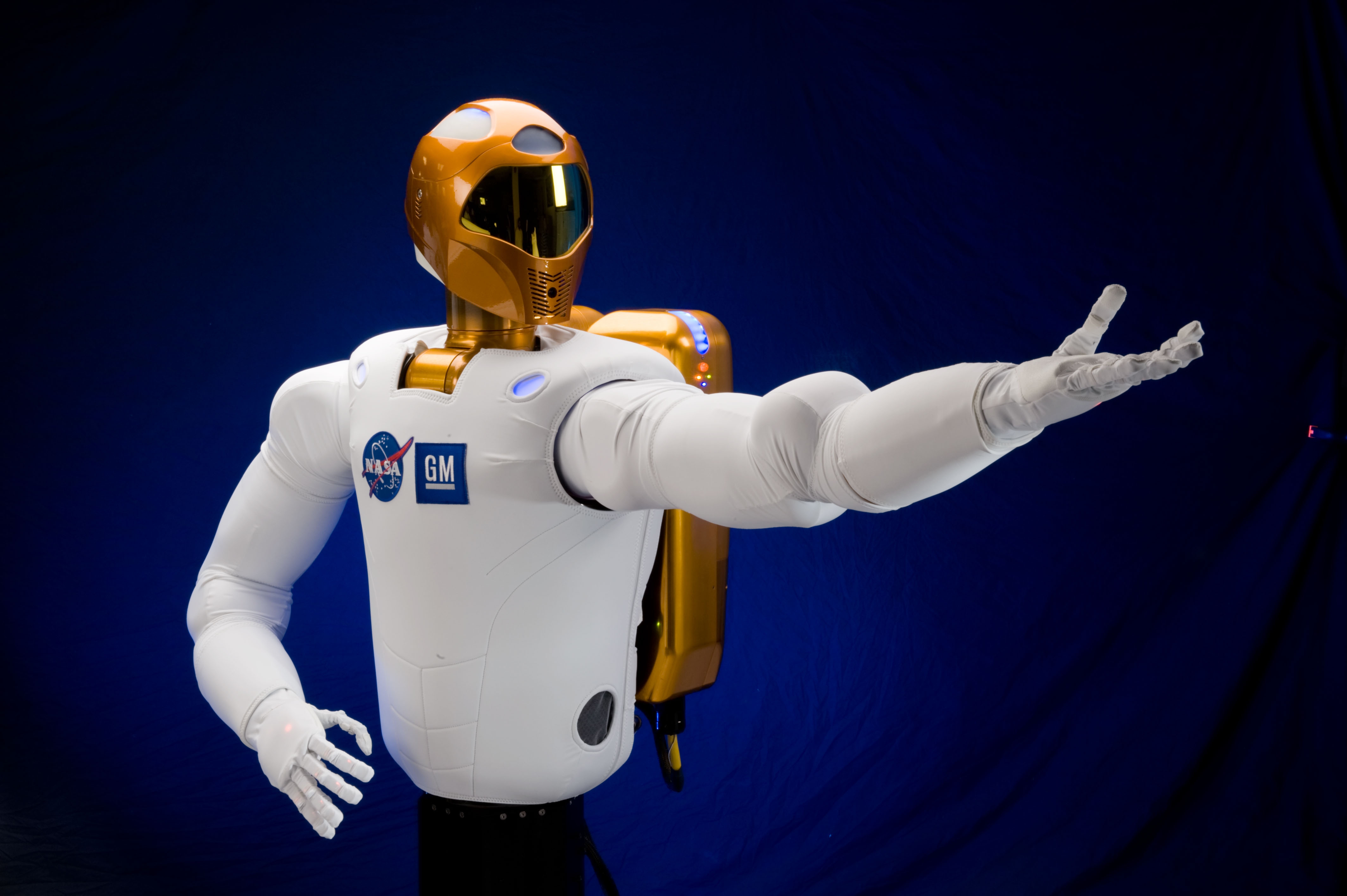
Via NASA
The final mission of the Space Shuttle Discovery delivered the first humanoid robot in space to the International Space Station in 2012. Also known as R2, the Robonaut has a near-human range of motion and is able to perform tasks that are too dangerous for human astronauts. According to NASA, the bots are essential to NASA’s future as we go beyond low earth orbit.
Google’s driverless car
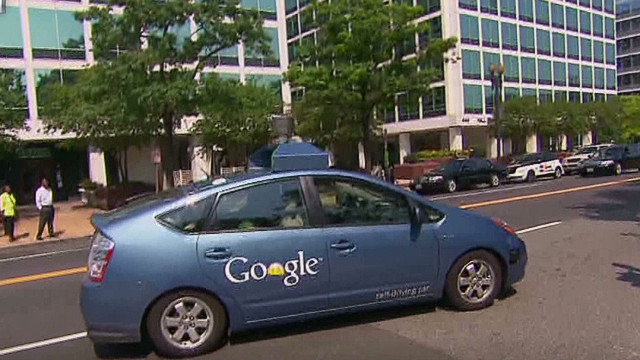
In 2012 the Nevada Department of Motor Vehicles issued the world’s first license for a robotic, self-driven car. It was issued to a Toyota Prius modified with technology developed by Google. The tech-giant’s driverless cars have logged more than 300,000 miles in traffic, and haven’t been the cause of a single accident.
Via Forbes
Advertisement
Learn more about Electronic Products Magazine





